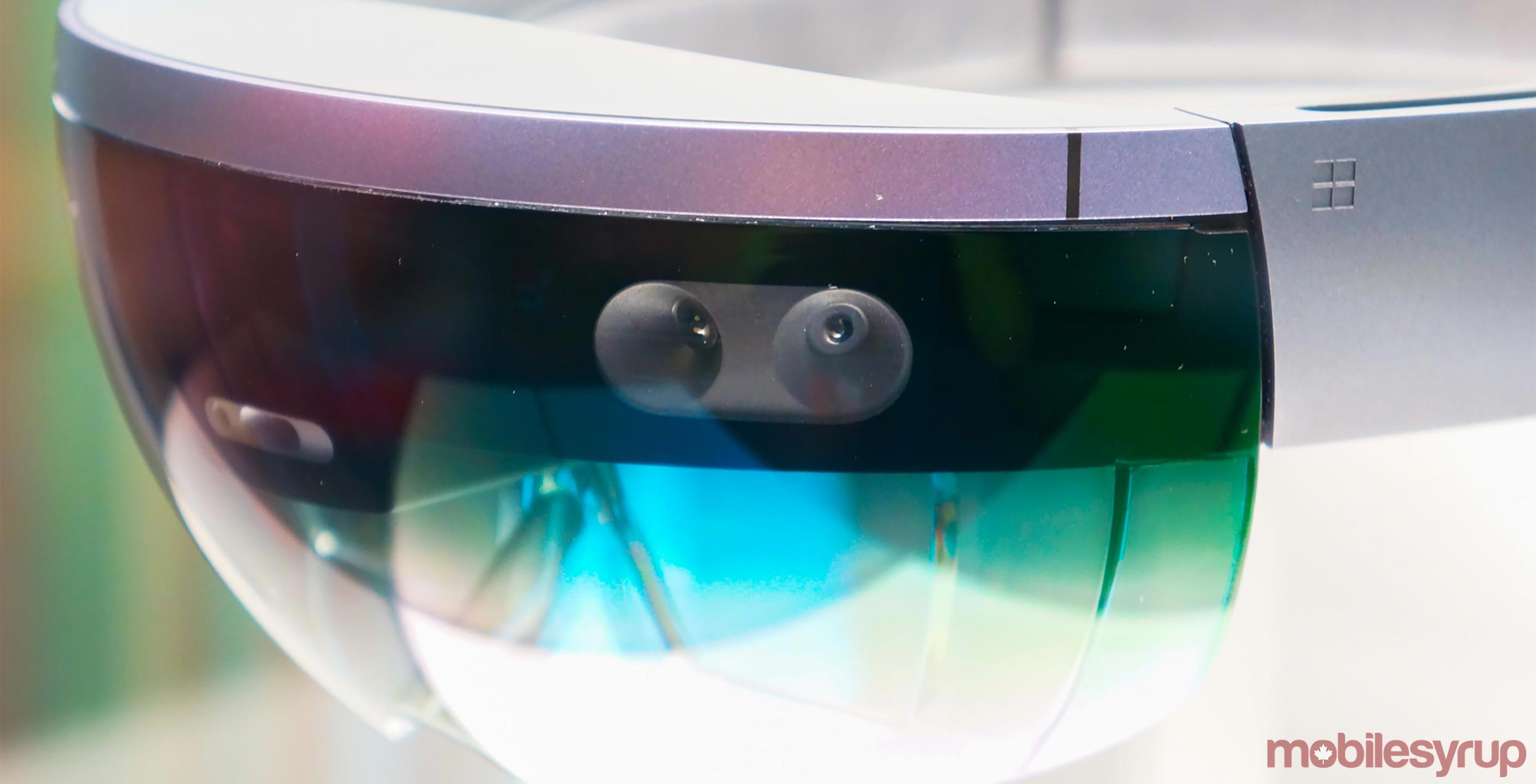
Sabarish Gnanamoorthy fell in love with augmented reality (AR) when he was 13-years-old.
A student at the University of Toronto Schools, Gnanamoorthy joined The Knowledge Society (TKS) — an incubator that styles itself as a cultivar for the next generation of entrepreneurs and leaders — after learning about the organization through his school.
It was at TKS that he first became exposed to AR, as well as virtual reality (VR). After his first dose, he was hooked.
“I developed a liking for the topic and I did my own research on YouTube,” said Gnanamoorthy in a phone interview.
Gnanamoorthy pursued AR further, until he found out about the Microsoft HoloLens. He says that it was Microsoft’s mixed reality headset that really changed his world.
“For me, I saw this…amazing technology,” said Gnanamoorthy. “I was obsessed with this technology and its potential, and I wanted to create an application for myself.”
The Knowledge Society, Microsoft and HoloLens
The Knowledge Society was started by Navid and Nadeem Nathoo — two brothers with experience in a variety of entrepreneurial and tech industries.
As Navid puts it, he and his brother launched TKS to bring like-minded people together — specifically students between the age of 13 and 17 — in order to work on solving the big problems that ail our world.
“It’s pretty incredible what these students are doing,” said Navid, in a phone interview. Gnanamoorthy has spoken at a number of TKS events. Of course, some of his talks touch on his belief in AR.
Using TKS’s contacts within Microsoft, Gnanamoorthy was able to get his hands on his own HoloLens headset to create his own apps.
For his first project, Gnanamoorthy is currently working on developing a game that builds in plain-finding and spacial mapping. He’s also interested in learning more about incorporating haptic feedback into AR.
“Haptic feedback is a necessity for AR to go further.”
“Gestures will never be as effective as interacting with an object. Gestures are a limiting factor,” said Gnanamoorthy.
As Gnanamoorthy sees it, users shouldn’t be restricted by simply pointing and tapping to select objects in AR. After all, with every introduction of new technology, users are expected to learn new gestures.
Gnanamoorthy believes that people don’t want to learn new gestures. Instead, what they really want is to be able to use real-life actions — like grabbing — to move around objects.
“If I want to pick up an object, you have to tap the object,” said Gnanamoorthy. “Why not just grab it? That would make AR more immersive.”
ARCore and ARKit
Gnanamoorthy might be a HoloLens developer, but he’s still keeping track of the goings-on in the AR world. Google’s recent announcement of its ARCore platform, for example, is something the young developer finds interesting.
“ARCore, WebAr, ARKit — these are making it easier for consumers to use [AR],” said Gnanamoorthy. “I’m staying updated on the internet and I’m looking at different projects. I’m finding inspiration in some of the projects.” Gnanamoorthy is actually currently working on building an app using ARKit.
“Android and Apple may come out as winners.”
Still, even Gnanamoorthy isn’t entirely sure which platform is going to truly bring consumer-ready AR to a mobile platform.
“Android and Apple may come out as winners,” said Gnanamoorthy. “IPhones may go for higher-end users, Android can go for higher-end users as well, but it can be for other phones as well.”
The problem, Gnanamoorthy identifies, is that both both ARCore and Apple’s ARKit are limited by the devices on which they’re available. That being said, with Android being the cheaper option in many developing countries, Gnanamoorthy thinks ARCore is “going to spread AR to developing countries when they can’t get high-end phones.”
The high school junior’s sophomore efforts
Sabarish Gnanamoorthy is now 14-years-old. He’s just started his first year of high school, and he’s already quite possibly the world’s youngest HoloLens developer.
“I truly believe that AR has the potential to truly change the future.”
And for Gnanamoorthy, AR isn’t just a passing fad, it really is world-changing technology. “I truly believe that AR has the potential to truly change the future,” said Gnanamoorthy.
As of right now, Gnanamoorthy is focused on finishing his schooling. However, TKS has also set up a partnership with Udacity for Gnanamoorthy to pursue a VR developer nanodegree.
So what comes next?
“I’m going to take advantage of my age and use that innovate.”
MobileSyrup may earn a commission from purchases made via our links, which helps fund the journalism we provide free on our website. These links do not influence our editorial content. Support us here.


